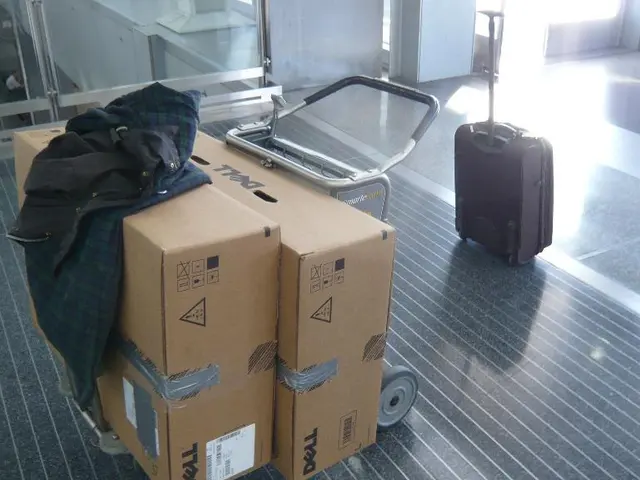Taxi Integration into Public Transportation System - Union Suggests Innovative Concepts - Taxi Industry Suggests Innovative Transport Models - Proposal by the association for updated transportation methods
Thuringia's Transport Business Association mulls over the potential integration of taxis into subsidized public transportation services, advancing proposals for on-demand, shared, or line taxi solutions. Martin Kammer, managing director of the state association Thuringia, articulated these ideas to the German Press Agency (dpa) in Erfurt, highlighting the possibility of such services improving mobility offerings, particularly in rural regions and around cities.
According to Kammer's statements, there are approximately 800 taxis and around 1,200 rental cars in passenger service on Thuringia's roads. However, the Association of Central German Bus Companies has expressed reservations, emphasizing the high public costs associated with such transportation solutions for a relatively small number of passengers.
The economic situation of the taxi industry, according to Kammer, remains stable due to contract trips for medical transport and services like those for students with disabilities. To date, only a handful of taxi models have been adopted for public transportation use in Thuringia, with Jena and the district of Greiz serving as examples. The association advocates for a reassessment of the line traffic network in Thuringia, considering both cost and service aspects, with a view to determining where buses and taxis would be best deployed.
Taxis could potentially fill gaps in service where buses are underutilized, transporting passengers to bus stations, other traffic hubs, or locations with limited departure options. The association that represents around 600 transport companies, logistics providers, freight forwarders, taxi and rental car companies, called for a greater focus on taxis and rental cars in public transportation planning going forward, with the aim of improving mobility in urban fringe areas and rural regions. An estimated 20,000 employees work in Thuringia's transport industry.
Tilman Wagenknecht, managing director of the Association of Central German Bus Companies, expressed cautious optimism about the potential of taxis in new, revised public transportation plans in certain regions. Sensible solutions for feeder traffic in rural regions, supporting rapid bus connections, are conceivable. However, local parliaments must weigh the financial implications, as the funding pot for public transportation is limited, and the challenge of maintaining cost-effective transportation everywhere persists.
The operational costs of taxi-based public transportation systems would need to be carefully assessed, comparing vehicle maintenance, fuel, driver salaries, management overheads, and revenue generated from fares and potential subsidies. Encouraging shared or pooled taxi services could lower traffic congestion and environmental impact, contributing to cost savings through reduced infrastructure maintenance and lower emissions. Integrating taxi services with existing public transportation networks, such as buses and trains, could further enhance the overall transportation system.
- The Thuringia's Transport Business Association suggests incorporating vocational training programs for taxi drivers, aiming to improve the industry's financial situation and adapt to potential expansions in public transportation.
- In discussions regarding community policies, it's crucial to consider the role of vocational training in the taxi industry, given the potential for shared or pooled taxi services to reduce traffic congestion and environmental impact, thereby contributing to cost savings and overall transportation system efficiency.








